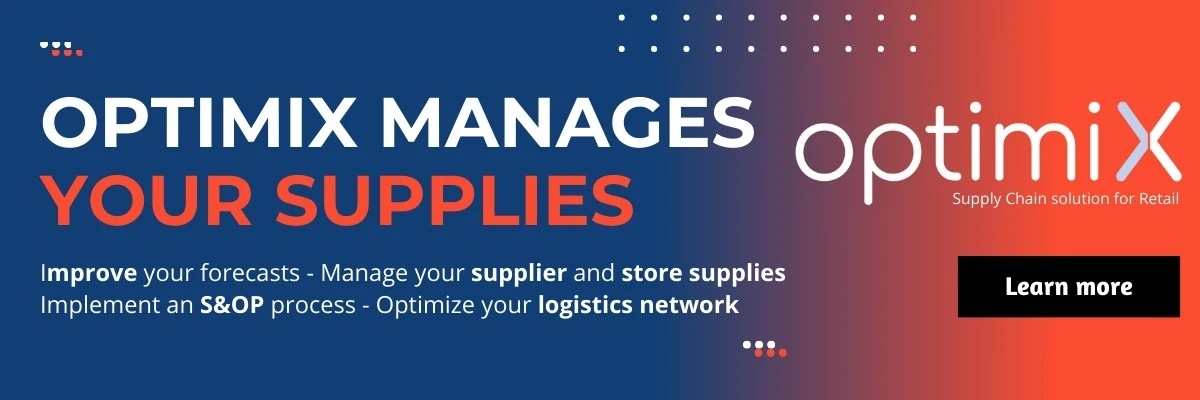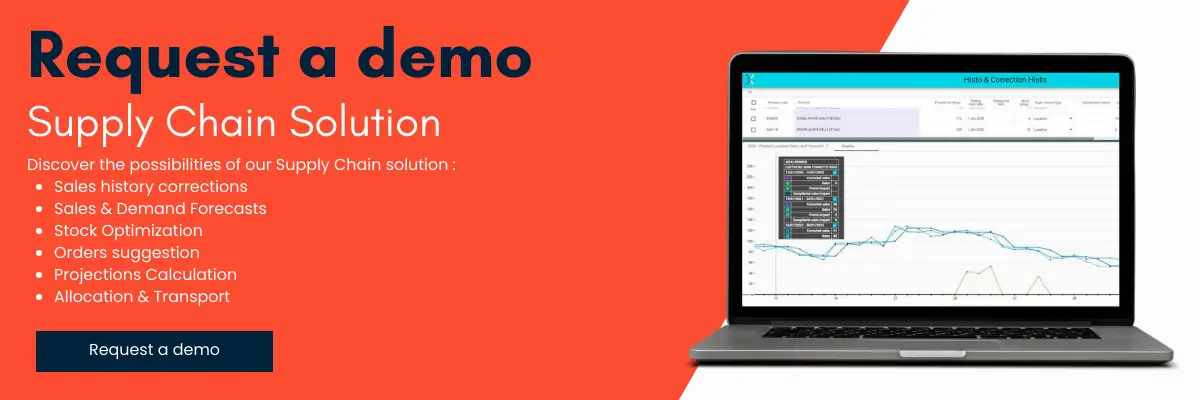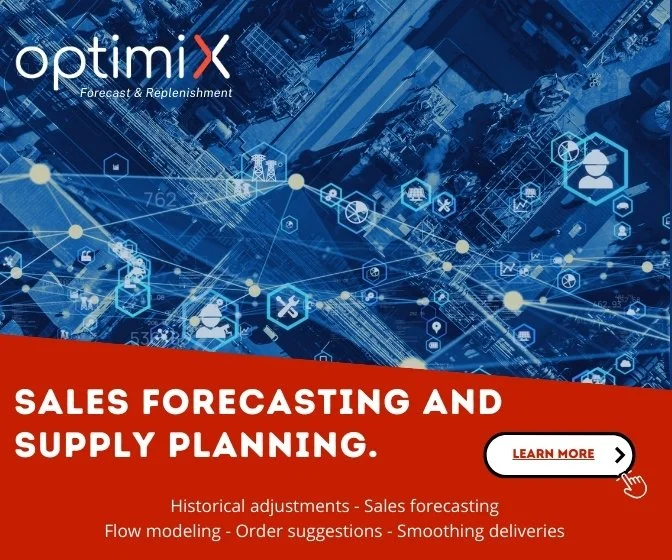We have said it enough in all of our previous articles, but effective management of your supply chain is of capital importance, particularly in the changing world of retail.
Supply chain experts are constantly faced with complex challenges, including managing stock shortages, which can have a significant impact on business operations and profitability.
Faced with increasing pressure to meet consumer demands and unanticipated supply chain disruptions, it is essential for supply chain professionals to develop robust strategies for bouncing back after an out-of-stock situation.
In this article, we will explore in depth the causes of stock outs in the retail sector, looking at both the internal and external factors that can contribute to these supply chain disruptions.
Additionally, we will analyze best practices and strategies for rebounding from a stock shortage, emphasizing the importance of innovation, collaboration and resilience in managing supply chain operations.
II. Understanding the causes of stock outs
A. Internal factors:
- Demand Management: Ineffective demand management can result from inadequate analysis of market trends, consumer behaviors and seasonal cycles. Retailers should invest in advanced forecasting tools that incorporate historical data, customer preferences, as well as external factors such as special events or changes in purchasing behavior.
- Inaccurate forecasts: Forecasting errors can arise from outdated methods or insufficient data used. Businesses need to adopt more sophisticated approaches such as advanced statistical models, machine learning, or even predictive analytics to improve forecast accuracy.
- Production issues: Equipment breakdowns, manufacturing delays, or quality issues can cause interruptions in production and lead to stock-outs. Retailers must work closely with their suppliers to quickly identify and resolve these issues to minimize their impact on the supply chain.
B. External factors:
- Supply chain disruptions: Events such as natural disasters, political conflicts or transportation disruptions can disrupt the smooth flow of the supply chain. Retailers should assess potential risks and put contingency plans in place to mitigate the effects of such disruptions, for example by identifying alternative sources of supply or strengthening supply chain resilience.
- Unforeseen Events: Unforeseen events such as regulatory changes, strikes or disease outbreaks can have a significant impact on product availability. Companies must closely monitor the external environment and be prepared to respond quickly by adjusting their sourcing strategy or implementing risk mitigation measures.
III. Strategies for rebounding after a stockout
A. Improved visibility and collaboration in the supply chain:
- Use of supply chain management platforms: Retailers can invest in integrated supply chain management systems that enable real-time visibility into merchandise flows and facilitate collaboration with trading partners.
- Proactive information sharing: By sharing data such as sales forecast, stock levels and production capacities with suppliers and distributors, retailers can reduce delays and uncertainties in the supply chain, allowing better anticipation of stock shortages and faster response in the event of a disruption.
B. Optimization of forecasting and demand management:
- Using advanced data: Retailers can leverage data analytics to identify hidden trends and patterns in historical data. Which allows them to improve the accuracy of demand forecasts to more effectively adjust their inventory levels based on forecasted demand.
- Adoption of adaptive models: Rather than relying solely on static forecasts, retailers can use adaptive models that take into account real-time changes in market conditions and automatically adjust forecasts and inventory levels accordingly.

C. Diversification of supply sources and reduction of dependencies:
- Identifying alternative suppliers: Retailers should diversify their sources of supply by identifying multiple potential suppliers for each key product, thereby reducing their dependence on a single supplier and minimizing the risk of stock-outs in the event of a disruption in the supply chain.
- Risk assessment: Companies should regularly assess potential risks in their supply chain, taking into account factors such as the location of suppliers, the political and economic stability of countries of origin, and the robustness of transport infrastructure .
D. Implementation of risk mitigation measures and business continuity plans:
- Developing contingency plans: Retailers should develop detailed contingency plans to deal with stock-outs and other disruptions in the supply chain, identifying specific actions to take and individual responsibilities in the event of a crisis.
- Testing and simulation: Business continuity plans must be tested regularly to ensure their effectiveness and adaptability to different crisis scenarios. Crisis simulations can help teams prepare to respond quickly and in a coordinated manner in the event of a real emergency.
In conclusion, managing stock-outs is a complex but essential challenge. By understanding the underlying causes of stock-outs, adopting advanced demand management and planning practices, and implementing diversification and risk mitigation strategies, businesses can strengthen their ability to bounce back after an interruption in the supply chain.
Technological innovation also plays a crucial role in improving visibility, collaboration and responsiveness in the supply chain, providing experts with new tools and solutions to anticipate disruptions and minimize their impact on business operations.
As the retail landscape continues to evolve and transform, it is imperative for supply chain professionals to stay at the forefront of best practices and the latest technologies to ensure business continuity and effectively respond to changing customer demands. consumers. By taking a proactive, innovation-driven approach, supply chain experts can play a central role in building robust and resilient supply chains that can meet the current and future challenges of the retail sector.



